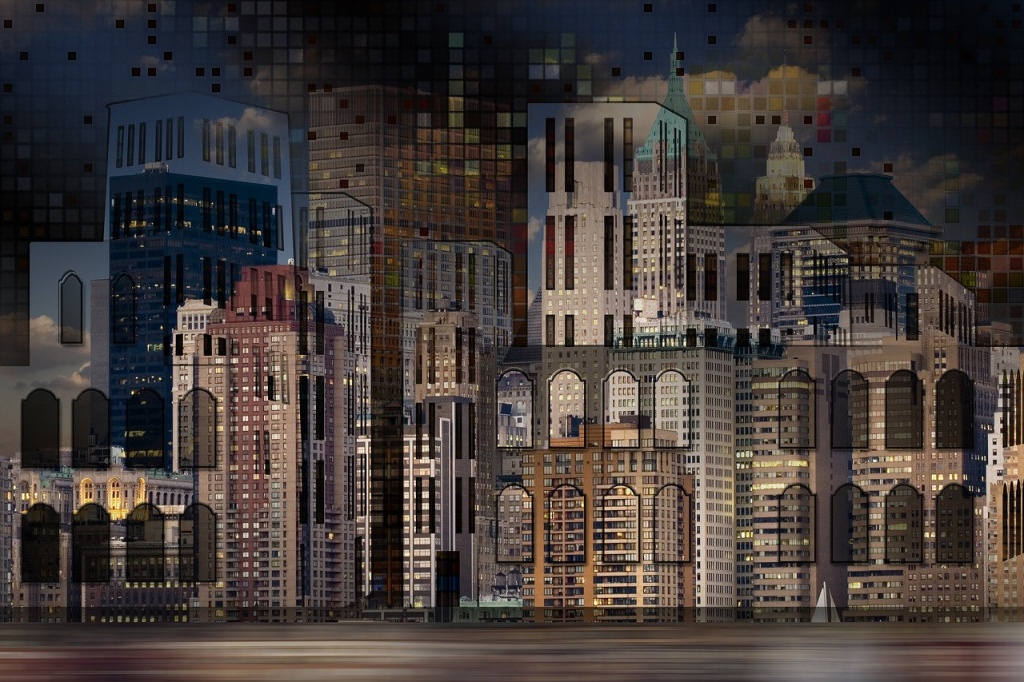I am asked all of the time, “What makes a good design?” There are many possible answers to this question, but my most frequent reply is: “the principle of center stage versus background architecture.”
For me, form follows function. The site defines where, what and how the necessary functions will perform on the site. Spatial relationships are where the efficiencies of space and cost come in. The aesthetics then can be developed in relation to the site and the community, and in a manner that seems timeless. Most buildings work in a background position—only a few need to be “signature / center stage.”
That said, all buildings can be models of excellent architecture in both function and aesthetics but all cases, the building’s design needs to suit the community it serves. Start by defining your goals. If you want a building to demonstrate a company ethos then you are looking for “exceptional” architecture. If you are working on a public housing-type project then you seek the tried-and-true certainty of uniformity. Perhaps some research and development ideas need to be incorporated. Do you want to be revolutionary? Maybe your individualism is the needed essence of your project. With time and space, there are many possibilities. However, it is crucial to define, and then communicate, your specific goals to your architect.
Although a unique entity is achievable for almost any project, practicalities must still be taken into consideration. Always keep in mind the cost to design and build. Regardless of your project’s size, if you are interested in working with new systems—whether related to management, production, construction, building materials or sustainable concepts—you need to determine how much risk you can afford to assume. Maybe the bank will not want to fund a new type enterprise. There is a balance on every project between quantitative and qualitative programming issues.
What if your design parameters extend beyond business and community? Advanced ideas do have an effect on all who experience them. If all buildings and projects continue to be built the same way and produce the same result, evolution slows and we lose our edge. We fail to prepare ourselves for new systems and design concepts. Times are changing faster and faster, and you need to stay relevant to prosper.
Good design is only possible with a good architect at the helm. Choose a design leader for your next project who has a proven record of steering his or her clients in the right direction for achieving your individual needs and goals.
